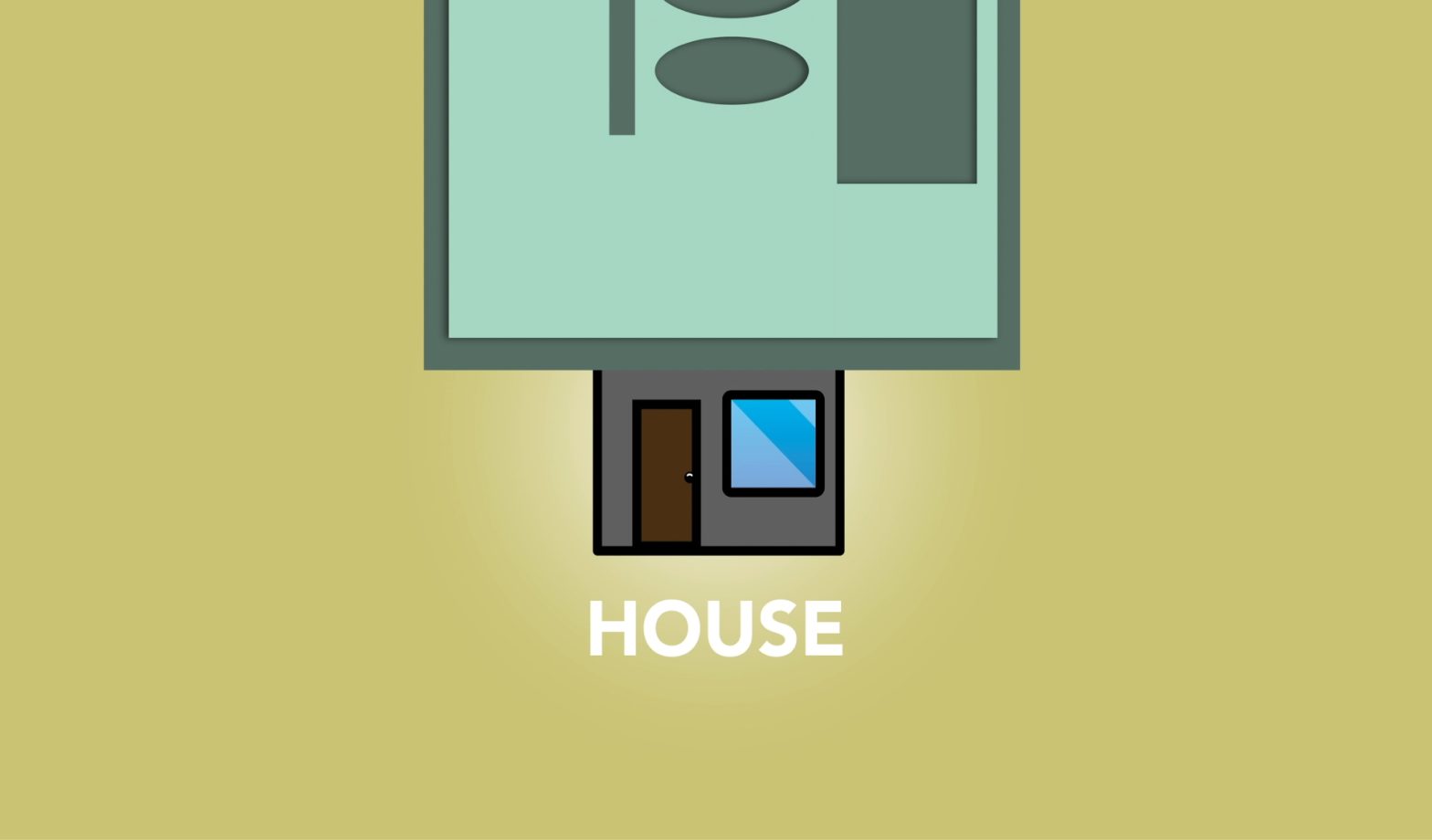As the year 2024 approaches, the senior housing landscape is experiencing significant shifts. The demand for affordable senior living options is surging, and the real estate sector is grappling with the task of keeping pace. This article will delve into the key trends, challenges, and innovative solutions shaping the future of affordable senior housing.
The State of Senior Housing in 2024
In the face of economic uncertainty and an aging population, the demand for affordable senior housing is on the rise. However, the growth of senior housing inventory is slow, resulting in a supply-demand gap that poses a significant challenge.
The Demand-Supply Gap
According to the National Investment Center for Seniors Housing & Care, senior housing occupancy rates have shown consistent growth over the past nine quarters. The increase in demand is supported by a limited supply, as tight financing conditions continue to influence inventory growth and new construction.
As of 2024, the year-over-year inventory growth is only 1.3 percent, near its smallest year-over-year increase since 2012. This slow inventory growth, coupled with economic uncertainty and an aging population, is keeping the demand for affordable senior housing particularly high.
The Affordability Crisis
The need for affordable housing is a national issue, with cities like Los Angeles being epicenters. The city is renowned for its housing crisis, and seniors are among the most affected demographics. Despite the challenges, real estate players are finding ways to cater to low-income seniors by partnering with public entities.
The affordability issues are exacerbated by the growing number of economically insecure older adults. The National Council on Aging reports that more than 15 million older adults age 65-plus live at or below 200 percent of the federal poverty level.
Government Intervention and Incentives
In response to the demand for affordable senior housing, federal, state, and local governments have started taking action. They are working to preserve existing inventory and facilitate the construction of new senior housing.
Local Incentives
Local governments are offering new incentives to developers to encourage the construction of affordable housing for low-income seniors. These incentives include tax breaks and public-private partnerships.
Mixed-income communities, public-private partnerships, and building tax incentives have recently helped increase affordable senior housing developments. However, these efforts are barely keeping up with the growing number of low-income older adults.
Federal Budget Request for Affordable Housing
In 2024, President Biden has requested a $73.3 billion budget to address affordable housing. The budget includes an increase in funding for affordable housing programs, including new Section 202 Supportive Housing for the Elderly homes.
The budget request seeks to establish an entitlement to housing subsidy similar to Medicaid or Supplemental Nutrition Assistance Program benefits. This would allow anyone who meets eligibility rules to enroll.
The Rising Construction and Insurance Costs
In the past three years, materials pricing and labor costs have increased the overall construction costs for senior housing projects. More recently, prices have stabilized to a certain extent, but they’ve remained high compared to previous years.
In addition to high construction costs, insurance and utility costs have also been skyrocketing in recent years. This increase in costs, combined with lower workforce availability and staffing challenges, has had a large impact on the bottom line.
Technological Innovations in Senior Housing
Technology and wellness are expected to play key roles in senior housing in 2024. The use of telehealth technology, combined with the adoption of smart sensors, wearable health devices and updated emergency care notification devices, have the potential to help seniors reduce doctor visits.
Developers are also focusing on future proofing their senior housing communities by including shell space for future elements that would allow them to transition from active living to assisted living as their resident base ages.
Senior Apartments: An Affordable Option
Senior apartments are an affordable option for older adults who want access to independent living, basic amenities, and a supportive network of neighbors. These communities have an age minimum for residents, and they feature basic amenities such as laundry facilities, courtyards, clubhouses, pools, and other shared spaces.
Who Should Consider Senior Apartments?
Senior apartments are ideal for people who want to downsize and relinquish the maintenance tasks of living in a house. They offer the freedom to travel without worrying about what’s going to happen to your apartment while you’re gone.
Types of Senior Apartments
There are three levels of senior apartments that differ in cost and amenities: affordable senior apartments, market-rate apartments, and luxury apartments. Affordable senior apartments are ideal for seniors with limited income, while market-rate apartments offer competitive rent compared to traditional apartments. Luxury apartments for seniors are the most expensive, offering amenities such as health and wellness centers, pools, spas, fine dining, group fitness classes, and game rooms.
2024 Income Limits for Affordable Senior Housing
The 2024 income limits for affordable senior housing will be calculated using the 2022 American Community Survey (ACS). The cap on income limits is a key factor that needs to be examined. Historically, HUD caps increases in Very Low Income (VLI) at the greater of 5% or two times the change in national median income.
Another factor to be examined when discussing the 2024 income limits is the inflation factor. A slower trending factor means slowing income growth, especially when compared to the prior year.
Challenges of Senior Living in 2024
The availability of financing and equity for building new projects is expected to be the more prevalent barrier in senior housing in 2024. Furthermore, the rising operating costs and increasing interest rates may impact a property’s ability to cover operating expenses and debt service.
Conclusion
The landscape of affordable senior housing in 2024 will be shaped by a host of factors, including government initiatives, technological innovations, construction and insurance costs, and the demand-supply gap. As we move forward, collaboration between federal, state, and local governments, nonprofit organizations, and the private sector will be crucial in addressing the growing demand for senior housing facilities. The challenges are significant, but so are the opportunities for innovation and progress in this critical sector.












